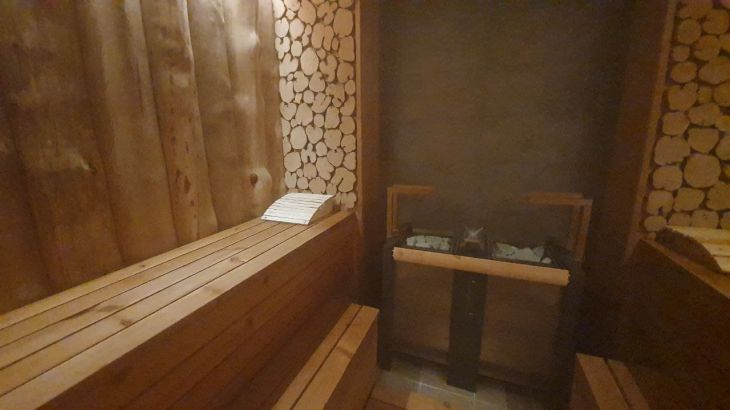The bathhouse and myths about how to steam in it properly
It's so nice to sit with friends in a bathhouse on the weekend, plunge into the hot air of the steam room, then have a massage session with a birch or oak branch broom, plunge into a pool or pour a bucket of cool water over yourself, and at the very end - just drink beer or herbal tea, chatting with friends about everything under the sun.
Yes, it has long been known that a bathhouse can cure some physical ailments and relieve mental stress.
However, many bathhouse regulars often believe myths about how to steam properly and safely. What are these myths and why are they dangerous?
Myth number one - the higher the air temperature in the steam room, the better. Sweat is released more intensely, the skin becomes cleaner and, in general, relaxation is achieved faster in hot, humid air.
In fact, the normal and safe air temperature in a Russian bath should not exceed 60 degrees.

It is at this temperature that the body produces enough sweat to cleanse itself of toxins, but at the same time the liquid is not lost rapidly, causing dehydration. The air humidity in the steam room should also be about 60 percent.
If you go to a sauna, where the air can be heated up to 96 degrees, then to prevent overheating and heat stroke, it is better to lie down on the lowest shelf and cover your head with a damp towel.
Myth number two - to saturate the air in the steam room with the aroma of herbs and trees, you should splash water from barrels where bath brooms were previously soaked onto the hot stonework.
Is this correct? Not quite: the stones are heated to a temperature of 200 degrees, and the essential oils, which partly passed from the branches and leaves of the broom into the water during soaking, will evaporate very quickly.
It is much better to spray aromatic water from tubs on the wooden walls and seats of the steam room so that the air acquires the smell of birch or oak. Another good solution would be to hang eucalyptus and juniper brooms in the steam room itself. They will saturate the room with essential oils useful for the lungs and aromatize it.
The third myth is that visiting baths and saunas during pregnancy is contraindicated. In fact, if the pregnancy is uncomplicated, the doctor from the antenatal clinic does not see any obstacles to visiting a bathhouse, and the pregnant woman herself is not going to jump into cold water or pour it over herself after the steam room, creating a sharp temperature contrast, then you can still go to the bathhouse. The main thing is to be careful and monitor your condition.
Myth number four - you should visit the bathhouse strictly once a week and not more often, otherwise you can harm your health. Is this true? No. If you decide to change this rule, established by no one knows who, and start going to the bathhouse twice as often, you will only benefit: your skin will feel better, your sleep will improve, your stress level will decrease, and your metabolism will improve.
But even if you go to the bathhouse once a month at best, it is definitely no worse than not going there at all. In general, you should resort to the services of a steam room, a massage with a broom, and just relaxing in the hot, humid air when you yourself want to.
And the fifth myth - you definitely need to massage your skin vigorously with a broom to better cleanse it of harmful substances, and after the steam room it is good to drink cold drinks.
Both of these statements are incorrect: massage with brooms should be done carefully, trying to use them to deliver steam to the skin, and not to cause pain.
Brooms made from the above-mentioned juniper are generally not suitable for this procedure, as they can injure the skin. And as for drinking after the steam room, instead of a mug of cold beer, it is better to first give credit to warm herbal tea, and then, when the body has cooled down a bit, switch to cool drinks (without alcohol).
It was previously reported that there are dangers associated with improper chewing of food .
